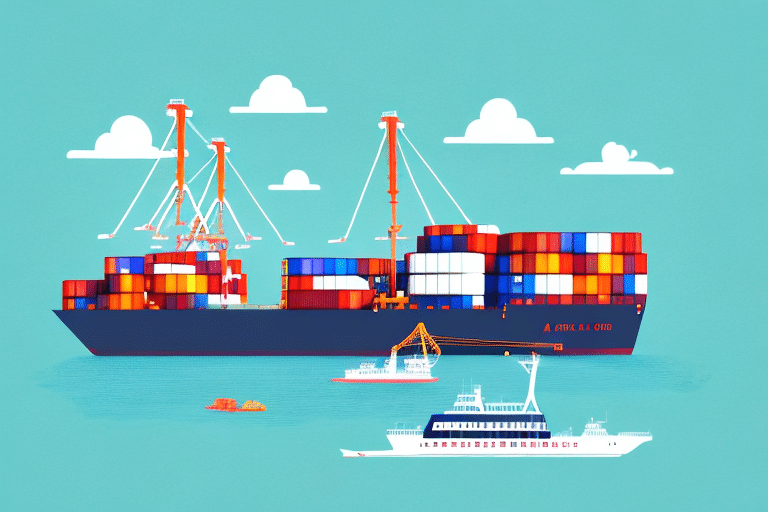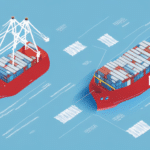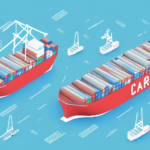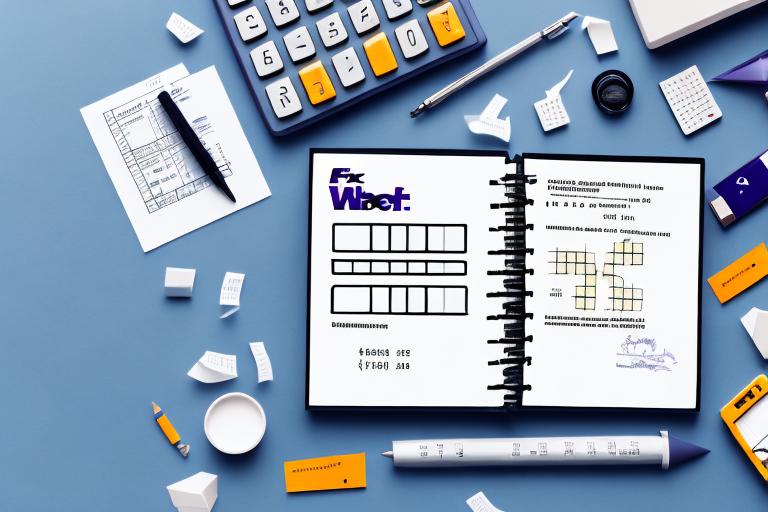Introduction to Lading Bills
If you work in the shipping and logistics industry, you’ve likely encountered the term "lading bill." But what exactly is a lading bill, and why is it so crucial? This article provides an in-depth analysis of lading bills, covering their history, components, best practices, and the latest technological advancements. Whether you're new to the industry or a seasoned professional, understanding lading bills is essential for ensuring smooth and secure transportation of goods.
History and Evolution of Lading Bills
The concept of the lading bill dates back to the 13th century, where merchants in Mediterranean ports used bills of lading to document the passage of goods via sea transport. This practice ensured that all parties involved were protected, fostering trust in long-distance trade. Over the centuries, as transportation methods expanded to include land and air, the use of lading bills evolved accordingly. Today, lading bills are integral to both international and domestic shipping, adapting to modern logistics needs.
For more detailed historical context, refer to the History of Navigation.
Understanding the Components and Types of Lading Bills
Key Components of a Lading Bill
A lading bill typically includes the following essential information:
- Shipper’s Name and Address: Identifies the sender of the goods.
- Consignee’s Name and Address: Identifies the recipient of the goods.
- Description of Goods: Details the type, quantity, and nature of the goods being shipped.
- Quantity and Packaging: Specifies the number of items and the type of packaging used.
- Marks and Numbers: Unique identifiers for the goods.
- Place of Origin and Destination: Indicates where the goods are coming from and where they are going.
- Name of Vessel or Carrier: Identifies the transportation method or company.
- Shipping Date and Place: Records when and where the goods were shipped.
Types of Lading Bills
Choosing the right type of lading bill depends on your specific needs and the mode of transport:
- Straight Bill of Lading: Non-negotiable and can only be used by the named consignee.
- Order Bill of Lading: Negotiable and can be transferred to third parties by endorsement.
- Bearer Bill of Lading: Transferable by possession, similar to cash.
- Through Bill of Lading: Covers transportation from the point of origin to the final destination, including transits.
For a comprehensive overview of different lading bill types, visit the International Chamber of Shipping.
Best Practices and Common Mistakes in Handling Lading Bills
How to Fill Out a Lading Bill Correctly: A Step-by-Step Guide
- Shipper Information: Enter your name and address accurately.
- Consignee Information: Provide the recipient's correct name and address.
- Goods Description: Describe the goods in detail, including quantity and packaging.
- Marks and Numbers: Include any unique identifiers for the shipment.
- Origin and Destination: Clearly state where the goods are shipped from and to.
- Carrier Details: Mention the name of the vessel or carrier.
- Shipping Date and Place: Record the date and location of shipment.
Always double-check all information for accuracy to prevent delays or legal issues.
Common Mistakes to Avoid
- Incomplete Information: Missing details can lead to shipment delays or legal complications.
- Incorrect Information: Errors can cause misunderstandings and disputes.
- Choosing the Wrong Type of Lading Bill: Ensure the type selected aligns with your shipment needs.
- Poor Packaging: Inadequate packaging can result in damaged goods.
- Unreliable Carrier: Partner with reputable carriers to ensure the safety and timely delivery of your goods.
Technological Innovations in Lading Bills
Advancements in technology have transformed how lading bills are created, managed, and processed. Electronic bills of lading (eBills) offer numerous benefits, including:
- Efficiency: eBills streamline the documentation process, reducing time and effort.
- Accuracy: Digital entries minimize the risk of human error.
- Security: Enhanced security measures protect sensitive information.
- Sustainability: Reduces paper usage, promoting environmentally friendly practices.
Integration with blockchain technology further enhances the security and traceability of lading bills, ensuring immutable records and reducing fraud risks. According to a report by McKinsey & Company, blockchain adoption in logistics can significantly improve transparency and efficiency.
Legal Implications and Dispute Resolution
Legal Considerations
Lading bills are not just shipping documents; they carry legal weight and implications:
- Liability Clauses: These clauses define the responsibilities and limitations of carriers and shippers in case of loss or damage.
- Insurance Requirements: Lading bills often stipulate the need for insurance coverage to protect against potential losses.
- Regulatory Compliance: Adherence to international trade laws, maritime laws, and customs regulations is mandatory.
Understanding these legal aspects is crucial for avoiding liabilities and ensuring smooth transactions.
Resolving Disputes Involving Lading Bills
- Identify the Issue: Clearly define the nature of the dispute.
- Gather Evidence: Collect all relevant documents and communications.
- Informal Resolution: Attempt to negotiate a settlement with the involved parties.
- Mediation or Arbitration: Engage a neutral third party to facilitate a resolution.
- Legal Action: As a last resort, pursue legal avenues to settle the dispute.
For more guidance on dispute resolution, refer to the International Chamber of Commerce.
Future Trends in Lading Bills
The future of lading bills is being shaped by ongoing technological advancements and evolving industry practices:
- Digital Transformation: Increased adoption of eBills and digital platforms for managing shipping documents.
- Blockchain Integration: Enhancing transparency, security, and efficiency in documentation.
- Data Analytics: Leveraging big data to optimize shipping routes and improve decision-making.
- Global Trade Agreements: Adapting to changing regulations and standards in international trade.
Staying informed about these trends will help businesses remain competitive and efficient in the dynamic shipping and logistics landscape.
Conclusion
Lading bills are fundamental to the shipping and logistics industry, ensuring that goods are transported safely, securely, and efficiently. By understanding their history, components, types, and best practices, businesses can minimize risks, reduce costs, and enhance overall operational efficiency. Embracing technological advancements and staying abreast of legal implications further solidify the importance of lading bills in modern trade. Invest the time to master lading bills—it's a crucial step toward optimizing your shipping processes and safeguarding your business interests.






















